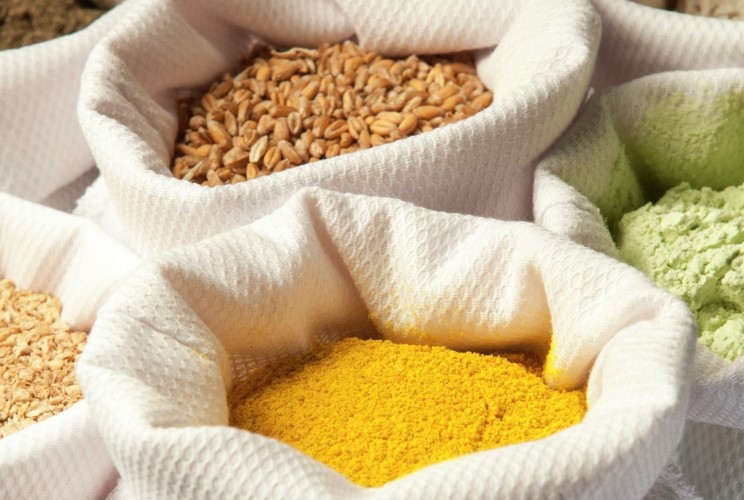
Responsible sourcing
In order for aquaculture to grow in a sustainable manner, Skretting invests in continuous R&D into raw materials and technologies to ensure we are fully flexible when it comes to feed ingredients. We depend on common natural resources globally to produce feed ingredients. Our ingredients are sourced from suppliers that can demonstrate that their business is responsibly and sustainably managed. A key focus for Skretting moving forward is on the use of novel raw materials that do not compete with human consumption. These may include insect protein, microbial protein and algae products.
To further facilitate sustainable aquaculture and live up to our responsibilities and ambitions, Skretting adheres to the vision and actions provided by our global sustainability programme, throughout our business.
